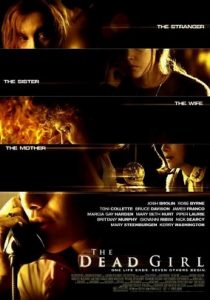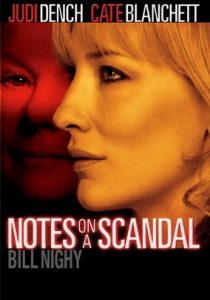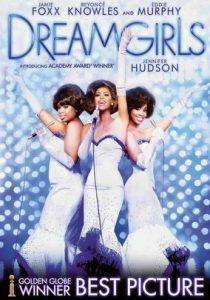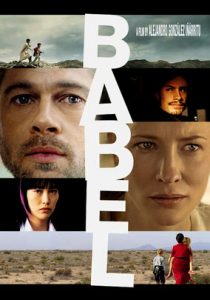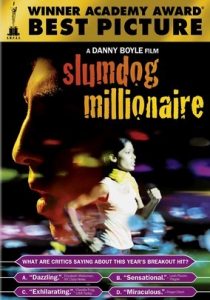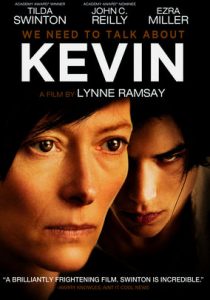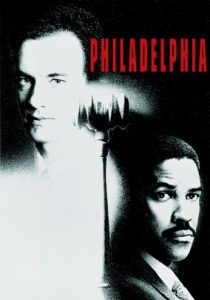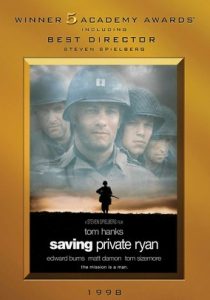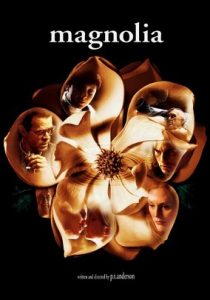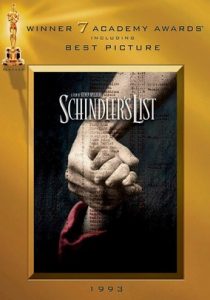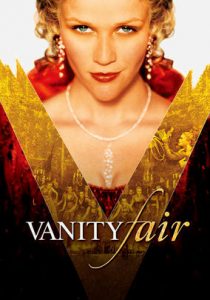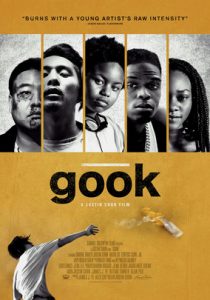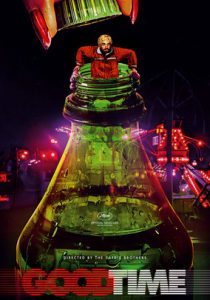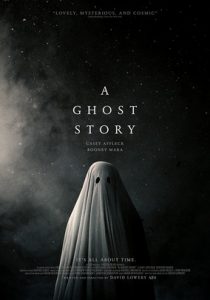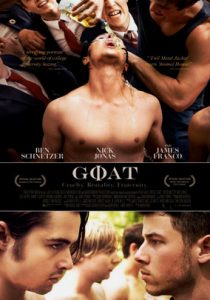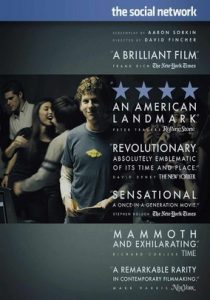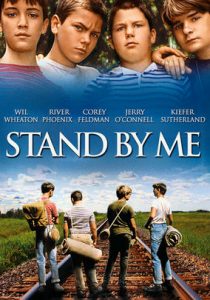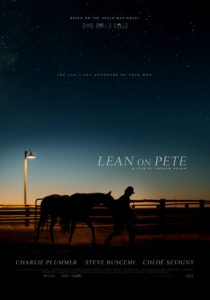Transamerica-2005
Director Duncan Tucker
Starring Felicity Huffman, Kevin Zegers
Scott’s Review #795
Reviewed July 25, 2018
Grade: A
Transamerica (2005) is a brave and topical independent drama effort. By 2005 the LGBT genre was in full force with a multitude of similarly themed films gracing silver screens everywhere.
One prominent mainstream production (Brokeback Mountain-2005) was in theaters everywhere. So in a year celebrating diversity, how wonderful and touching to witness a film focused on a transgender woman come into play.
Mixing drama with some needed humor, the film succeeds in large part because it does not take itself too seriously, never becoming too preachy, it merely tells a story. The film’s brilliant casting of Felicity Huffman in the role of a pre-op male to a female transsexual is a success as the decision to cast a female rather than a male in the important role pays off in spades.
The premise allows for a story of both adventure and humor as the film mixes an important issue.
A transgender woman, Bree (Huffman) decides to go on a road trip with her long-lost son, Toby (Kevin Zegers). The intrigue is that Toby is unaware that Bree is both transgender and his father, the fun coming by way of the relationship between the individuals. Adding to the setup is that a week before Bree’s scheduled operation, she has no idea who Toby is.
Encouraged by her therapist, Bree decides to throw caution to the wind and travel to pick up her son- however, does not realize that Bree (being transgender) is his real father. Talk about complicated material!
I love the overall message of the film; the theme being one of self-discovery and a personal journey toward happiness. These qualities do not only apply to Bree but also to Toby. Being a teenage boy, abused and neglected, he has his share of issues, which the film does not skirt over.
The areas of male prostitution and gay porn are featured and the film does its best not to shy away from these sensitive matters.
Therefore, even though the tone of the film is light and more of a coming-of-age story, there are underlying painful emotions suffered by the characters. This makes their bonding easier and more fulfilling.
Without a doubt, the film belongs to Huffman, who was honored with a Best Actress Oscar nomination. No offense to that year’s winner (Reese Witherspoon for Walk the Line (2005), but the rightful owner of the statuette should be Huffman.
The actress simply comes out of nowhere and slays this role. Known for playing a different type of role on the hit television series, ABC’s Desperate Housewives, Bree is in a different league entirely.
Huffman possesses strength, vulnerability, and sarcasm, while physically undertaking a transformation that makes her both feminine and masculine while not becoming a “joke.” All of this she pours into the character.
Transamerica (2005) is an unconventional film that on the surface feels mainstream, like many other road trip films made over the years. With a twist and thus a breath of fresh air considering the importance and relevance of the time-released, the film should be championed.
When combined with the tremendous performance by Huffman, the film is a heavyweight and should be viewed and celebrated for its influence.
Oscar Nominations: Best Actress-Felicity Huffman, Best Original Song-“Travelin’ Thru”
Independent Spirit Award Nominations: 2 wins-Best Female Lead-Felicity Huffman (won), Best First Screenplay (won), Best First Feature

